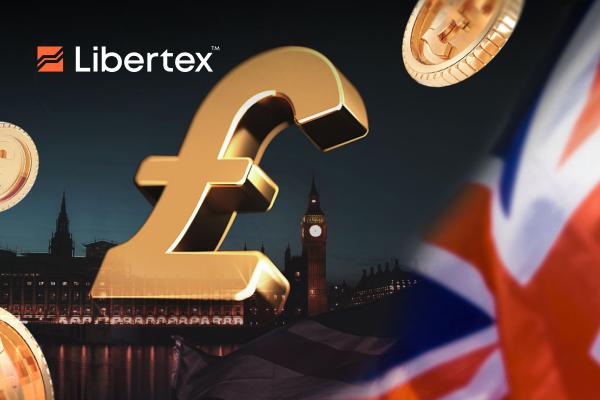The post-pandemic period has been a testing time for virtually every major global economy. First, we had out-of-control, worldwide, and persistent inflation that saw the prices of staple products more than double in less than a year. The world's central banks were at an impasse: keep rates low and watch their currencies devalue or hike interest rates and cause even more financial pain for ordinary borrowers? Some regulators, like the European Central Bank and the Bank of Japan, chose the path of least resistance, while others, such as the US Federal Reserve and the Bank of England, decided to go full hawk. While the fiscal tightening required to reduce the price pressure did hurt risk assets and increase debt servicing costs significantly, time has shown it to be the right decision.
Unlike Japan and the euro area, which are stagnating, the US and UK are both in positive growth territory and have managed to put a lid on inflation. In fact, the International Monetary Fund (IMF) recently revised its 2024 forecast for US GDP growth to 2.7% from 2.1%. However, the UK posted more impressive results, recording 0.6% GDP growth over the last three months to pull solidly out of recession and push for a strong second half of the year. So, what does this mean for the pound, and will the BoE have more to do in 2024? Find out the answers to these questions and more below.
A sterling performance
With interest rates in the UK at a 17-year high and among the highest of all OECD countries, it's hardly shocking to hear that the pound is holding its value comparatively well during these testing times. At 5.25%, the BoE is basically in lockstep with the Fed, and yet the British pound has managed to gain nearly 2% on the US dollar in April and May.
Admittedly, that isn't particularly earth-shattering, but considering the dollar's strength against both the euro and Japanese yen, it makes the pound one of the strongest performers of 2024 so far. This will surely come as welcome news to Rishi Sunak and his Conservative Party colleagues as they prepare for a General Election sometime before the end of this current year. However, the uncertainty associated with an electoral process of this magnitude could bring additional factors that could test the pound's resolve.
It would also be remiss not to mention the state of the labour market, which is currently very tight. Since 2022, the UK has noted both low unemployment and high job vacancies. This could be a positive driver for sterling since it means that most people who want to work are in gainful employment. However, the associated recruitment difficulties for employers could prevent inflation from falling further and thus allow the greenback to regain ground in H2 2024.
Cut it out
Beyond macroeconomic factors, we all know that the biggest influence on any fiat currency is exerted by its issuer. In the current climate of uncharacteristically high interest rates (by post-2008 standards), the obvious factor most likely to affect the strength of a currency is a pivot to a more dovish monetary policy. Truly, both the US Federal Reserve and the Bank of England have committed to making multiple rate cuts before the year is through. The only thing that's uncertain is which regulator will be quickest with the scissors.
Originally, the Fed had promised "multiple rate cuts", with some estimates predicting that these would begin as early as May. In the end, Jerome Powell put the easing cycle on hold, though he is expected to start cutting in September. Officials on the BoE's Monetary Policy Committee, however, have signalled that the central bank could shift to cutting rates as early as next month, despite the potential risk of inflation. The Bank of Japan famously raised rates last month but has since been forced to take significant intervention to prevent the yen from losing even more ground against the other majors.
The UK's swift and sufficient intervention back in 2022 could well have saved the national currency. However, this could also mean a return to dovish policy is slower amid higher-than-expected GDP growth (+0.7% in Q2 2024 alone). This might seem modest, as it only represents an annualised rate of 2.8%, but to put things into perspective, the UK economy had only grown 1.4% between 2019 and Q1 2024. Softer monetary policy could, indeed, drive further growth through higher risk appetite, but why mess with a good thing while inflation is still above target at 3.2%?
Trade CFDs on forex and more with Libertex
With Libertex, you can enjoy long or short trading in a variety of CFDs in a plethora of underlying asset classes spanning from stocks, options and ETFs to metals, crypto, and, of course, traditional currencies. We provide all the major pairs like GBP/USD, EUR/USD, and USD/JPY, as well as a variety of interesting cross rates like GBPJPY and EUR/GBP. Our CFD model means you can trade long or short with the multi-award-winning Libertex trading app. For more information or to create an account today, visit www.libertex.com/signup


